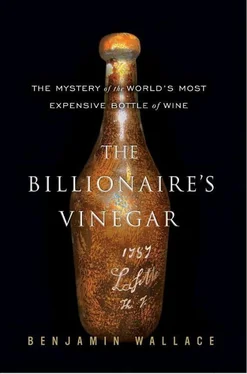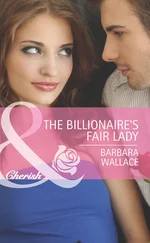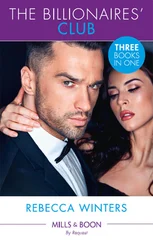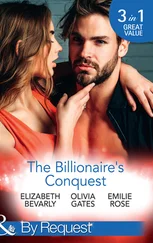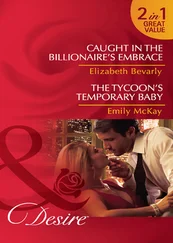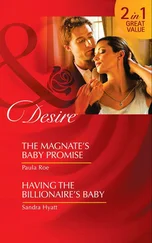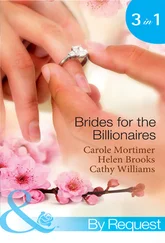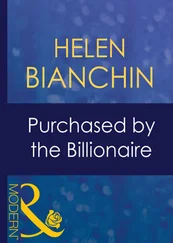Rodenstock’s default meant that Koch would receive a U.S. court judgment in his favor. His challenge then would be to collect from Rodenstock, which would mean navigating the uncertain terrain of international conventions and German civil procedure. “He’s fucked” was Brad Goldstein’s legalese. “I think we can attach liens under The Hague and in Germany.” Koch was also contemplating filing a second suit against Rodenstock, this one dealing not with the Jefferson bottles but with all the other fakes in his cellar that Koch had been able to link to Rodenstock.
Even if Koch was able to collect the $500,000 he now claimed he had paid for the Jefferson bottles—a questionable figure, given that a Farr Vintners invoice showed Koch to have paid just £116,000 (about $200,000) for three of the four bottles—it was a fraction of what he had spent on the investigation and lawsuit. But Goldstein continued to insist that it had never been about the money for Koch. “If the court says this guy’s a fraudster,” Goldstein said, “it’s a victory.”
It didn’t end the appetite to buy or sell Jefferson bottles. The Antique Wine Company, which had sold the 1787 Yquem the year before, persisted in offering implausible rarities. In the spring, the firm rolled out “The Great Antique Chateau Lafite-Rothschild Collection,” forty-eight vintages including a 1787. Antique Wine Company managing director Stephen Williams made much ado about having subjected the wine to “molecular” and “chemical” analysis, even though such tests could prove only that the wine’s age predated the nuclear era. In late July, the firm offered “Chateau d’Yquem—the greatest ever cellar.” This collection was not marketed publicly, on the firm’s website, but announced in a message sent to a private e-mail list. In addition to numerous early-nineteenth-century vintages, the Yquems included four eighteenth-century vintages. One of them was a 1787 Jefferson bottle, priced at $156,100. Although the Antique Wine Company billed the collection as being of “impeccable provenance,” when pressed as to the Jefferson bottle’s origin, a representative said, “This bottle was found in a private cellar in the United States. We do not have full information on how it got there or its previous ownership. It appears to be one of several bottles sold by Hardy Rodenstock, the discredited German wine dealer.”
THE JEFFERSON BOTTLES were the example of how people turned suggestible when it came to wine. It was precisely the fact that drinkers brought their own interpretations to wine that led subjects in a University of Bordeaux study to mistake white wine for red, and that led impressionable consumers to decide they liked a wine because Parker did, to buy first growths because they were first, and to detect notes of sweet Cuban tobacco only after someone else had.
The bottles were never about what was in them. The people who bought them weren’t the geeks who got off on comparing the respective degrees of deadness of a 1787 and a 1791. Kip Forbes didn’t pay $156,000 for a taste experience worth $156,000. All those who bought the bottles did so after significant doubts had been aired. And all later learned about the serious challenge posed by the Frericks case: Forbes was notified by Broadbent; Koch had contacted Rodenstock; Shanken’s magazine had run an article about the case. Nor was Rodenstock, evasive and defensive when challenged, ever particularly convincing.
But each buyer had wanted his own piece of frozen history. It was enough that Thomas Jefferson’s initials were right there on the bottles, that the bottles said Lafite and Margaux and Branne-Mouton and Yquem, and that Michael Broadbent had stamped them with his approval. A standard of plausible confirmability had been met. “Let me tell you something,” Bill Sokolin said. “As far as I was concerned, that bottle was real because I believed it. And,” Sokolin added, “because I tasted it, and it was garbage. It was garbage. So I said, ‘Jesus, maybe it’s real.’”
As with all successful cons, the marks and the grifter had been collaborators. One sold the illusion that the others were desperate to buy. But the marks had grown up. Now Asia and Russia were the preferred playing fields for Rodenstock and other purveyors of dubious bottles. It was the once-gullible Americans bringing a European manipulator to justice, a rare comeuppance for two centuries of Old World snobbery.
No one would have shaken his head so sadly at the affair as the author of the Declaration of Independence, whom Koch misidentified, when eulogizing “the mystique” of the bottles, as a framer of the Constitution. In the last years of his life, Jefferson was reduced to drinking lesser wines. He abandoned his earlier habits of ordering straight from the châteaux, instead employing an agent in Nice and asking for simple wines of that region, even expressing a willingness to buy an imitation-Bordeaux merchant’s blend. Thomas Jefferson was drinking cheap table wine, and very happily so.
All quotations not cited here or in the text are drawn from interviews I conducted or incidents I observed. In these notes, I use several abbreviations: Papers, for The Papers of Thomas Jefferson, edited by Julian Boyd, et al. (Princeton: 1950–); WS for Wine Spectator; VWGJ for the Vinifera Wine Growers Journal; MAZ for Münchner Abendszeitung; NYT for the New York Times; TJ for Thomas Jefferson; and JMB for J. Michael Broadbent. Currency conversions are based, in each instance, on contemporaneous exchange rates.
For the bid steps and saleroom dialogue in chapters 1 and 6, I relied on a report, “A Piece of History,” published in The New Yorker ’s Talk of the Town section on January 20, 1986.
more than twice as big “Wine,” Financial Times, August 17, 1985.
more than 160,000 copies Simon Loftus, Anatomy of the Wine Trade (New York: Harper & Row, 1985), 154.
When he arrived at a wine gathering Jancis Robinson, Tasting Pleasure (New York: Penguin Books, 1999), 170.
“black as Egypt’s night” JMB, The New Great Vintage Wine Book (New York: Knopf, 1991), 63.
reminded him of Sophia Loren Robinson, Tasting Pleasure, 183.
“schoolgirls’ uniforms” Ibid.
oldest authenticated vintage red wine “Oldest Bordeaux? Yes; Jefferson’s? Maybe,” NYT, October 30, 1985.
a historical researcher in America Ibid.
the snow horse of Robinson, Tasting Pleasure, 146.
he opened the bidding at £10,000 This is according to the contemporaneous New Yorker account; Broadbent recalls opening the bidding somewhere between £3,000 and £5,000.
Only after Kip Forbes bid £50,000 “Passion vs. Reason in Wine Collecting,” WS, February 28, 1998.
The previous record “Record Wine Prices,” WS, May 31, 1988.
an order for 250 bottles of Lafite Letter from TJ to Pichard, February 22, 1788, Papers XII, 617–8; translation in John Hailman’s definitive Thomas Jefferson on Wine (Jackson: University Press of Mississippi, 2006), 148.
legendary in the City of Light James M. Gabler, Passions: The Wines and Travels of Thomas Jefferson (Baltimore: Bacchus Press, 1995), 22.
“a savage of the mountains of America” Marie Kimball, Jefferson: The Scene of Europe (New York: Coward-McCann, 1950), 15.
a powdered wig and a topaz ring Hailman, Thomas Jefferson on Wine, 12, 213.
Читать дальше
